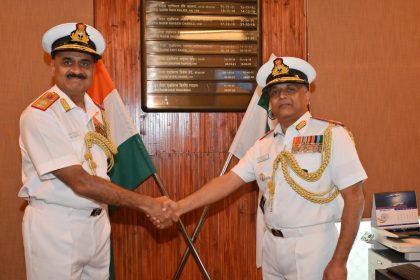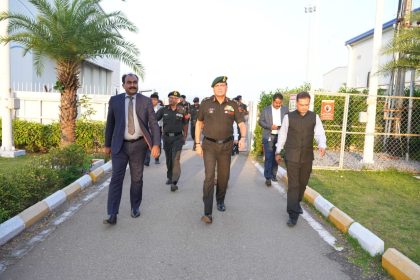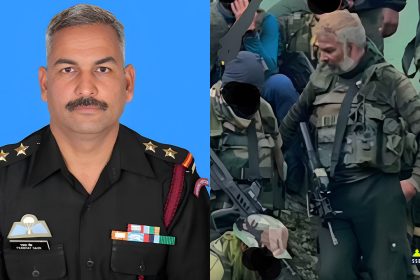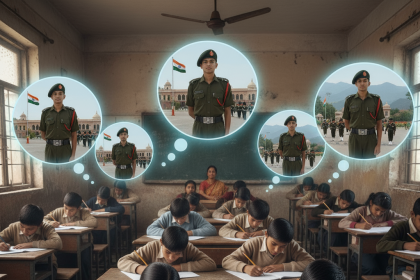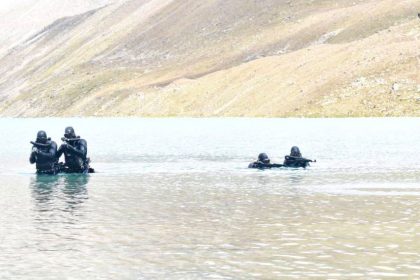Israel Launches ‘Operation Summit of Fire,’ Targets Hamas Leaders in Qatar’s Doha
Operation Summit of Fire Targets Hamas Figures Abroad, Risks Derailing Ceasefire Talks.
Surgeon Rear Admiral Manish Honwad Takes Charge at INHS Asvini, Indian Navy’s Premier Hospital
Leadership Transition Marks New Chapter at INHS Asvini.
Lt Gen Dhiraj Seth Visits Adani Defence Facility in Hyderabad, Showcases Push for Atmanirbhar Bharat
Army Commander reviews Adani’s UAVs, drones, and defence tech in Hyderabad visit.
Subedar Prabhat Gaud: 10 PARA SF Hero Who Made the Ultimate Sacrifice in Kulgam
His story is not only of bravery in combat but also of unflinching devotion to his men.
Gurugram DM Imposes Strict Restrictions Ahead of CDS, NDA & NA Exams
CDS, NDA Exams on Sept 14: 200-Metre Security Zone Enforced Around Centres.
Indian Army Para (SF) and Navy MARCOS Conduct Joint High-Altitude Combat Diving Training in Sikkim
Joint High-Altitude Training Showcases India’s Multi-Terrain Special Operations Readiness.


